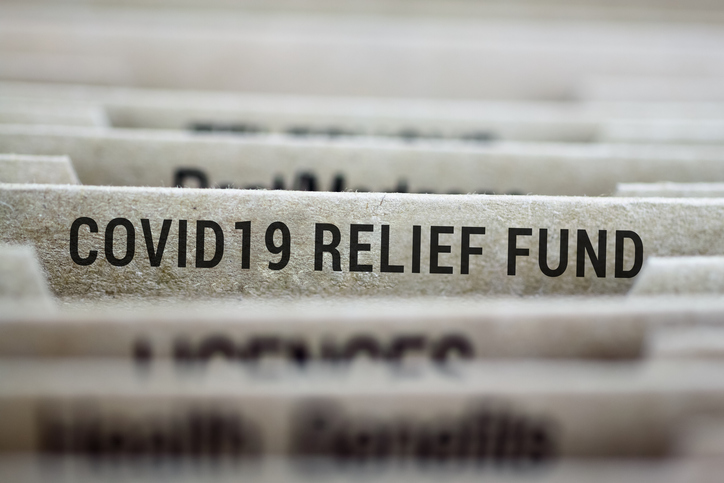CEWS, CERS and CRB end on October 23, 2021; CHRP Hiring Program extended until May 2022
October 26, 2021
On October 21, 2021, Finance Minister Chrystia Freeland announced the federal government’s plans for COVID supports for businesses and individuals for the balance of this year and into Spring 2022.
The previously existing CEWS, CERS and CRB programs all come to an end on October 23, 2021, though claims can continue to be made under those programs for periods ending on or before October 23, 2021. RCC will advise on any future announcement of dates by which all claims will need to have been completed.
The more recently introduced Canada Hiring Recovery Program (CHRP) is extended until May 7, 2022. The CHRP applies to eligible companies with monthly revenue reductions of at least 10% when compared to the same month in 2019. The baseline for measuring payroll increases is the four week period between March 14, 2021 and April 10, 2021. As of October 24, 2021, and until May 7, 2022, the CHRP subsidy rate is increased to 50% of incremental payroll costs. Though the program is titled a “Hiring” program, the subsidy applies equally to payroll cost increases arising from higher wages or increased hours.
Two individual support programs are also continued until May 7, 2022: the Canada Recovery Caregiving Benefit(CRCB) and the Canada Recovery Sickness Benefit (CRSB) but the broader Canada Recovery Benefit (CRB) ends after October 23. There is a new provision proposed for a CRB-like $300/week benefit, called the Canada Worker Lockdown Benefit but with eligibility only arising in the event of a local lockdown.
In addition to a specialized program for the tourism and hospitality sector, the government has also introduced another new business-support program: the Hardest-Hit Business Recovery Program, which will provide wage and rent subsidies from October 24, 2021, until March 12, 2022, continued thereafter, albeit on a reduced basis, until May 7, 2022.
However, the eligibility criteria for this program are very stringent, requiring not only a demonstrated 50% revenue reduction in the current month but also an average 50% revenue reduction over the preceding 12 months. For those businesses that do meet these strict criteria, the subsidies are initially on a sliding scale between 10% and 50% of cost, then halved after March 12, 2022.
In RCC’s early analysis, we would expect very few retail businesses to qualify for this program, given the required depth and duration of revenue reduction. We can envisage that retailers located in cruise ship terminals, border crossing plazas or perhaps co-located with hotels or in very low traffic office environments might meet the eligibility criteria and so we will be developing further analysis as details of the program are refined.

For questions or more information contact
Karl Littler
Senior Vice-President, Public Affairs
klittler@retailcouncil.org
416- 467-3783



